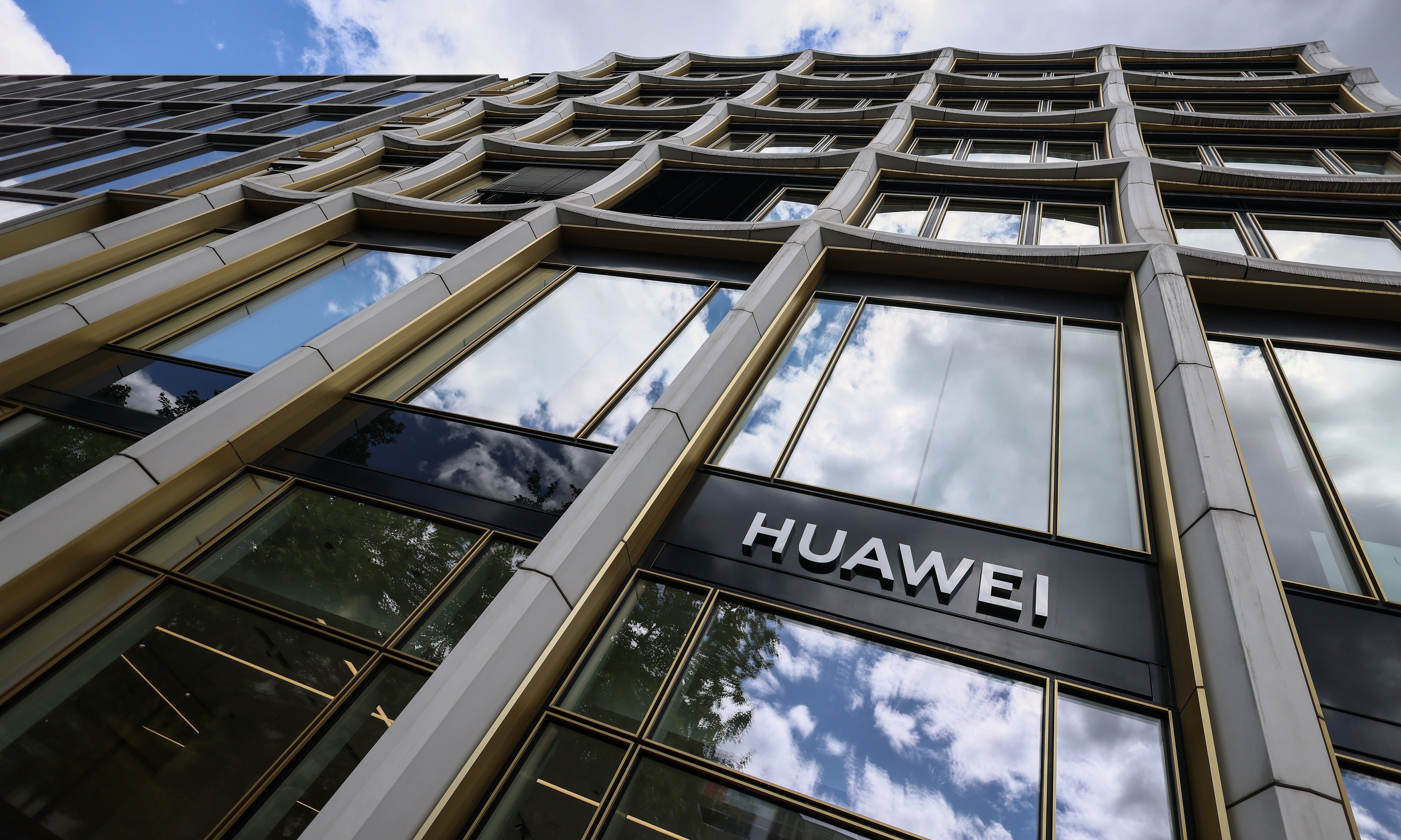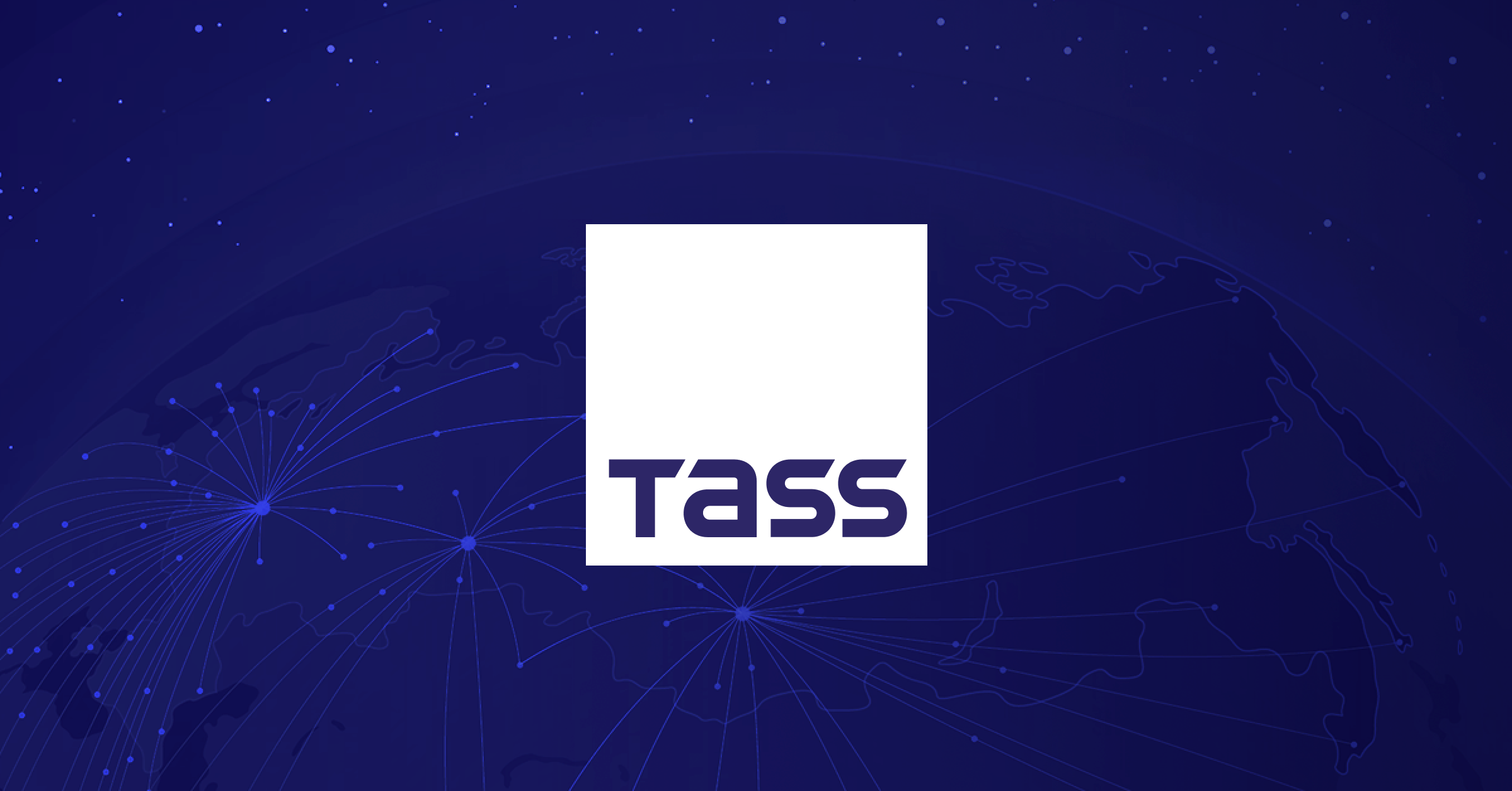By Coco Feng
Copyright scmp

In a glitzy product launch in Paris on Friday, Huawei Technologies cemented its growing leadership in wrist-worn wearables by unveiling two new watch models, as well as rolling out an overseas version of a smartphone.
The new Huawei Watch GT 6 is available in two sizes – 46mm and 41 mm in diameter – with the smaller unit delivering a 14-day battery life, double that of the previous generation. The larger watch can last for 21 days, a 50 per cent improvement on its predecessor.
In addition, Huawei updated the GT 6’s positioning accuracy by 20 per cent compared with the previous generation. “We redesigned the antenna, the algorithms and added NavIC (India’s navigation satellite system) as the sixth positioning system,” Andreas Zimmer, Huawei’s head of product in the European Union, said in an interview with the Post ahead of the launch.
The second watch product launched on Friday was the Watch Ultimate 2, which features a “mechanical seal” that protects the speaker and microphone from water at a depth of up to 150 metres. The device is equipped with sonar communication technology to enable underwater watch-to-watch messaging up to 30 meters, mimicking how dolphins communicate underwater.
Huawei remains the world leader in wrist-worn wearables. In the second quarter, it accounted for 20 per cent of the global market with shipments of 9.9 million units, ahead of Xiaomi and Apple, according to research firm IDC. It has maintained its dominance for two consecutive quarters.
The overseas launch of Huawei’s Nova 14 smartphone series, four months after its China debut, stirred up competition internationally on the same day Apple began delivering its iPhone 17 to users worldwide.
The Nova 14, which comes in two models, has similar specifications to its China version, which was touted as having superior imaging capabilities. It features a 50 million pixel front camera, while the Pro model offers a 5x portrait zoom feature. The overseas line did not include the Ultra variant that is available in China.
The only notable difference is that the overseas Nova 14 models run on the Android-based EMUI operating system, while the handsets in China use Huawei’s proprietary HarmonyOS.
However, when it comes to smartphones, Huawei is a laggard globally despite the fact that in the second quarter it regained the top spot in China for the first time in over four years, according to IDC. In Europe, it was out of the top 5 and got lumped in with the “rest of players”, which had a combined 13 per cent share, while leaders Samsung Electronics and Apple held 36 per cent and 24 per cent respectively, according to research firm Canalys.
Zimmer attributed the low market share mainly to Huawei’s loss of access to Google apps in 2019, under sanctions imposed by Washington.
Even though there are many online tutorials telling users how to install Google services on Huawei phones, “some users don’t go into that level of research”, Zimmer said. “You can, of course, use Google. The phone doesn’t actually block you from anything.”
Despite the challenges in the market, Zimmer reiterated Huawei’s commitment to the EU. “It’s important to note that we’re not leaving or gone from the European market when it comes to smartphones”, he said, adding that the firm hoped to replicate its success in China in Europe and other overseas markets.
Other products launched in Paris on Friday included Huawei’s MatePad 12 X tablet, whose PaperMatte edition features an ultra-clear display designed for visual comfort, and the M-Pencil Pro stylus.



